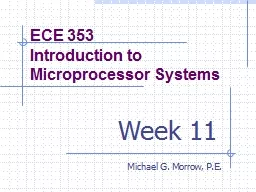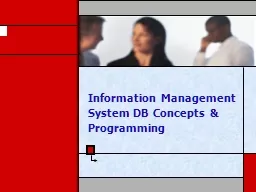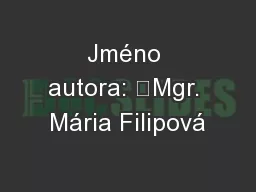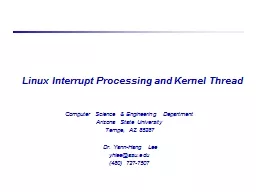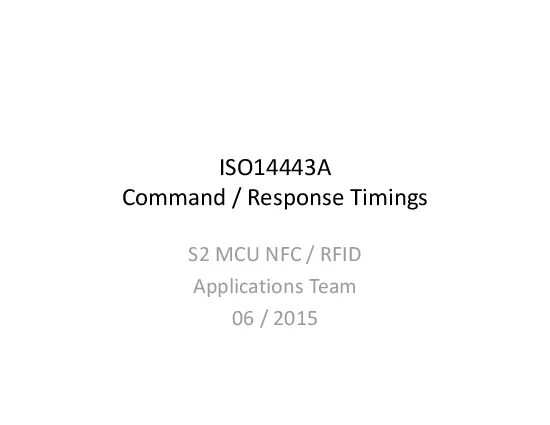PPT-7. IRQ and PIC
Author : pasty-toler | Published Date : 2016-12-09
ENGI 3655 Lab Sessions Richard Khoury 2 Textbook Readings Interrupts Section 1322 Richard Khoury 3 Interrupts Last week we learned about interrupts Two kinds software
Presentation Embed Code
Download Presentation
Download Presentation The PPT/PDF document "7. IRQ and PIC" is the property of its rightful owner. Permission is granted to download and print the materials on this website for personal, non-commercial use only, and to display it on your personal computer provided you do not modify the materials and that you retain all copyright notices contained in the materials. By downloading content from our website, you accept the terms of this agreement.
7. IRQ and PIC: Transcript
Download Rules Of Document
"7. IRQ and PIC"The content belongs to its owner. You may download and print it for personal use, without modification, and keep all copyright notices. By downloading, you agree to these terms.
Related Documents




